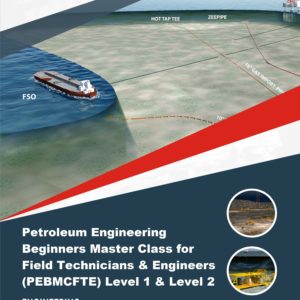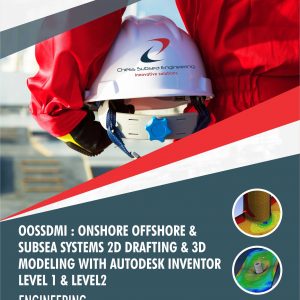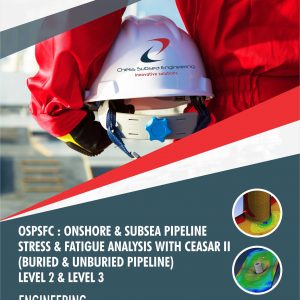Description
Dredging project management involves the planning, execution, and monitoring of dredging operations. Dredging is the process of removing sediment, debris, and other materials from the bottom of water bodies such as harbors, rivers, and channels. Dredging is often necessary to maintain waterway depth, to create new waterways, and to reclaim land from the sea.
Dredging project management involves several key activities, includes project planning, environmental impact assessment, site preparation, dredging operations, monitoring and evaluation.
Dredging project management requires a team of experts, including project managers, environmental scientists, dredging engineers, and equipment operators. Effective communication, stakeholder engagement, and collaboration are essential to ensure the success of a dredging project.
Dredging Project Management for Dredgers & Project Engineers (DPMDPE) Level 1 is designed for project personels and will assist those who are responsible for planning, construction and managing dredging contractors and those who regulate dredging. Participant shall also gain insight into financing dredging project contracts, tenders and bidding.
Course Outline
Types of Dredging Projects
Life Cycle Approach
Process Related Management Practices
Environment
Defining the need for a dredging project
Early Contractor Involvement
Traditional procurement
Early Contractor Involvement Advantages
Best Value Procurement
Selecting a contractor
Legal limitations and responsibilities
Lending Institutions
Environmental Aspects
Equator Principles for Emerging Markets
Public-Private Partnerships
Site Investigation Data Applied
Dredged Material Characterisation
Sampling
Tests and Analyses of Samples
Contracts
Costs
Tenders
Prequalification
Advantages of prequalification
Issuance of Tender Documents
Tender documents
Evaluating risk
Receipt, Review & Award of Tenders
Awarding the Contract
Types of Dredging Contracts
Traditional ”Client Design” Contract
Tenders
Risk and Risk Allocation
Adverse Soil Conditions
Disadvantages of a Traditional Contract
Integrated Contracts
Partnership and alliance contracts
Partnering
Reasons for Planning
Planning Phases
Preparation
Construction
Maintenance
Importance of the Borrow Area
Data collection and soil investigations
Boundary conditions
Mechanical Dredgers
Hydraulic dredgers
Mechanical / Hydraulic Dredgers
Hydrodynamic dredgers
Auxiliary Equipment for Transporting Dredged Material
Choosing Equipment
Overview of equipment
Cost and efficiency
Soil conditions
Transport Options
Dredging Location, Water Depth, Placement
Economics
Design Phases
Preliminary Design
Detailed Design
Construction Phase
Operation and maintenance phase
Construction Phase
Operation and Maintenance Phase
When to monitor
Purposes of Monitoring
Parameters to be Monitored
Types of Monitoring
Monitoring Requirements
Surveying & Monitoring
Maintenance Follow-Up
Cost of Maintenance
Water quality
Assessment
Students underpinning knowledge of Phases of a dredging project, dredging project monitoring, dredging project monitoring, maintenance after completion of dredge project and phases of dredging project will be assessed using questioning during the training and a short answer multiple-choice questionnaire at the conclusion of the course.
Professional Certificate
Issued directly by Chess Subsea Engineering Europe.
Participant may be presented for Offshore Petroleum Training Organization (OPITO) Certification.
How to Register
Click here to download registeration booklet on msword and email completed booklet to info@chesssubseaengineering.org directly.










